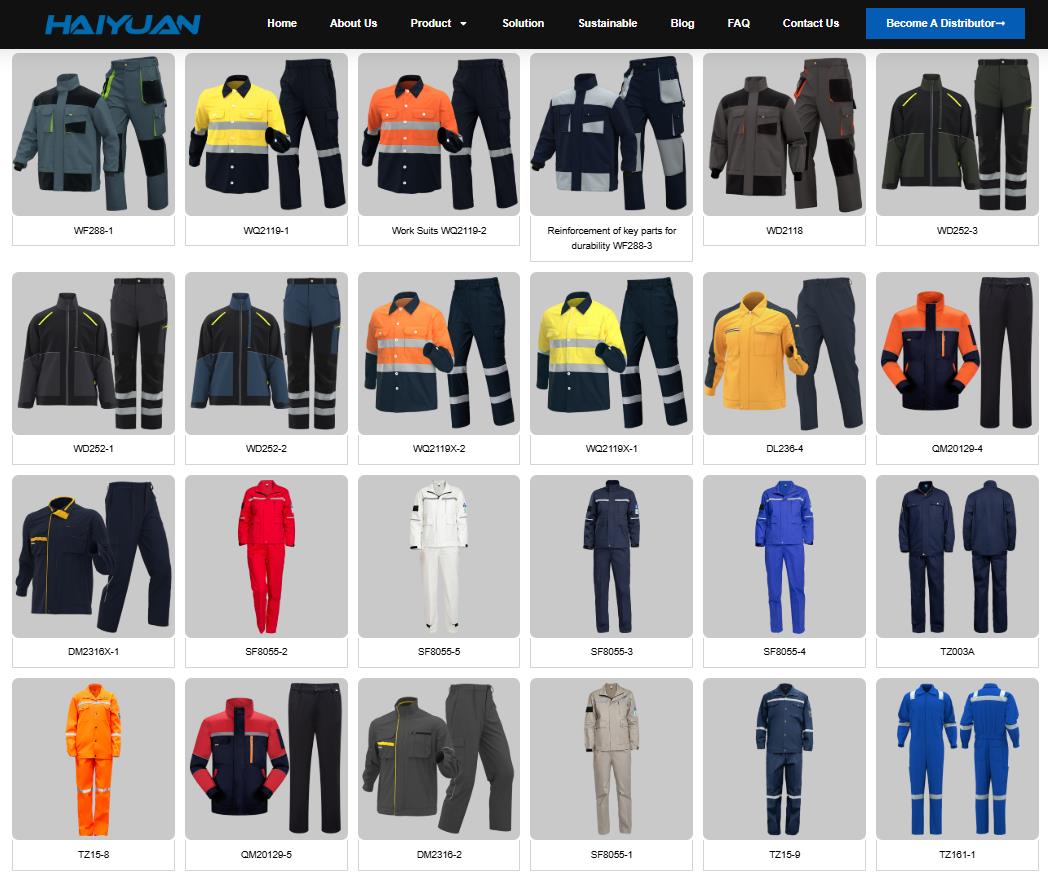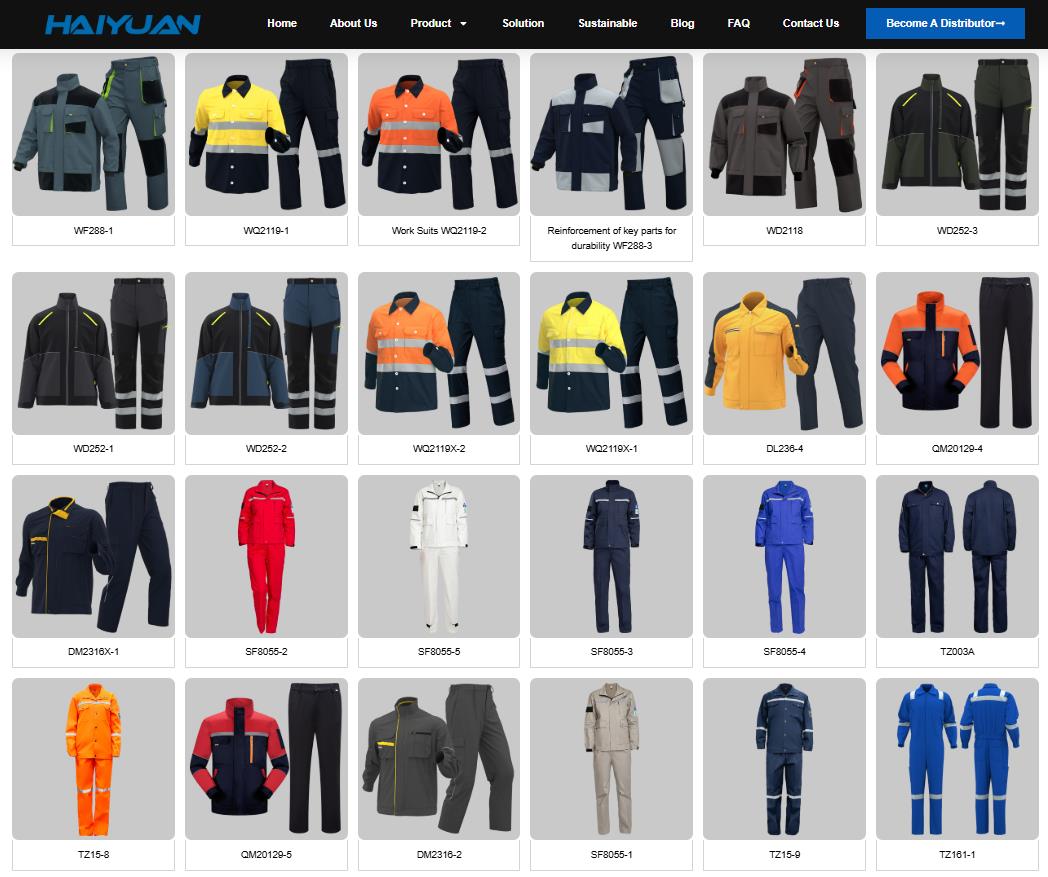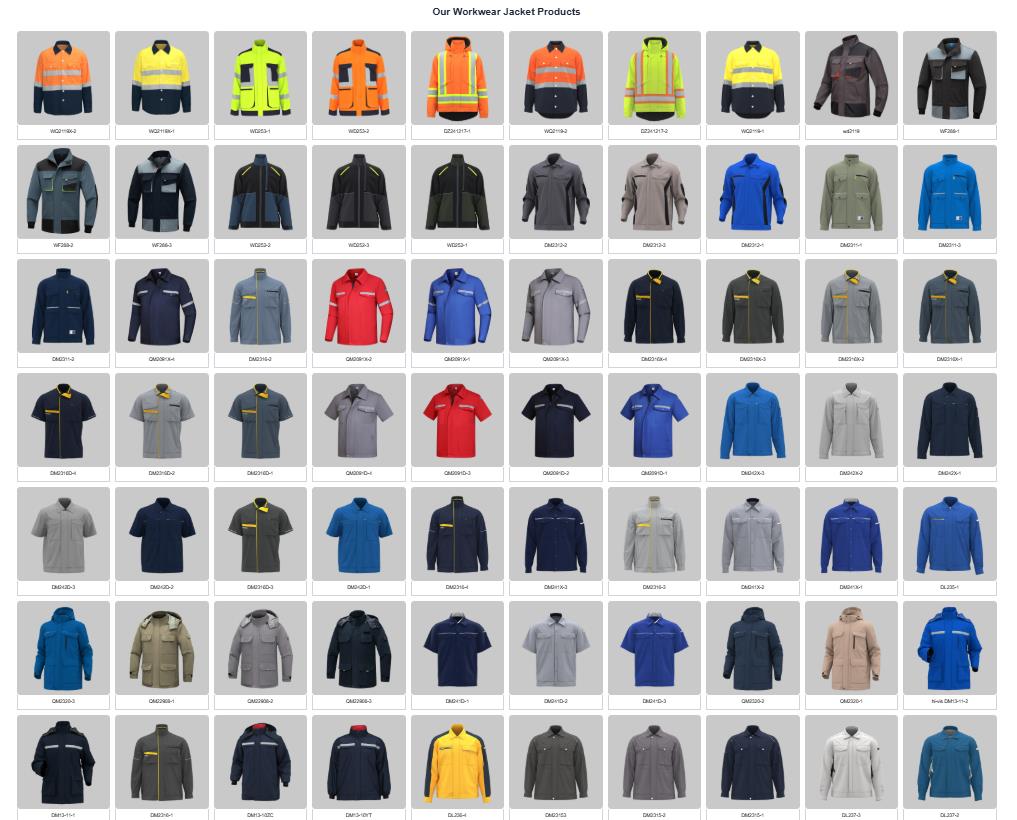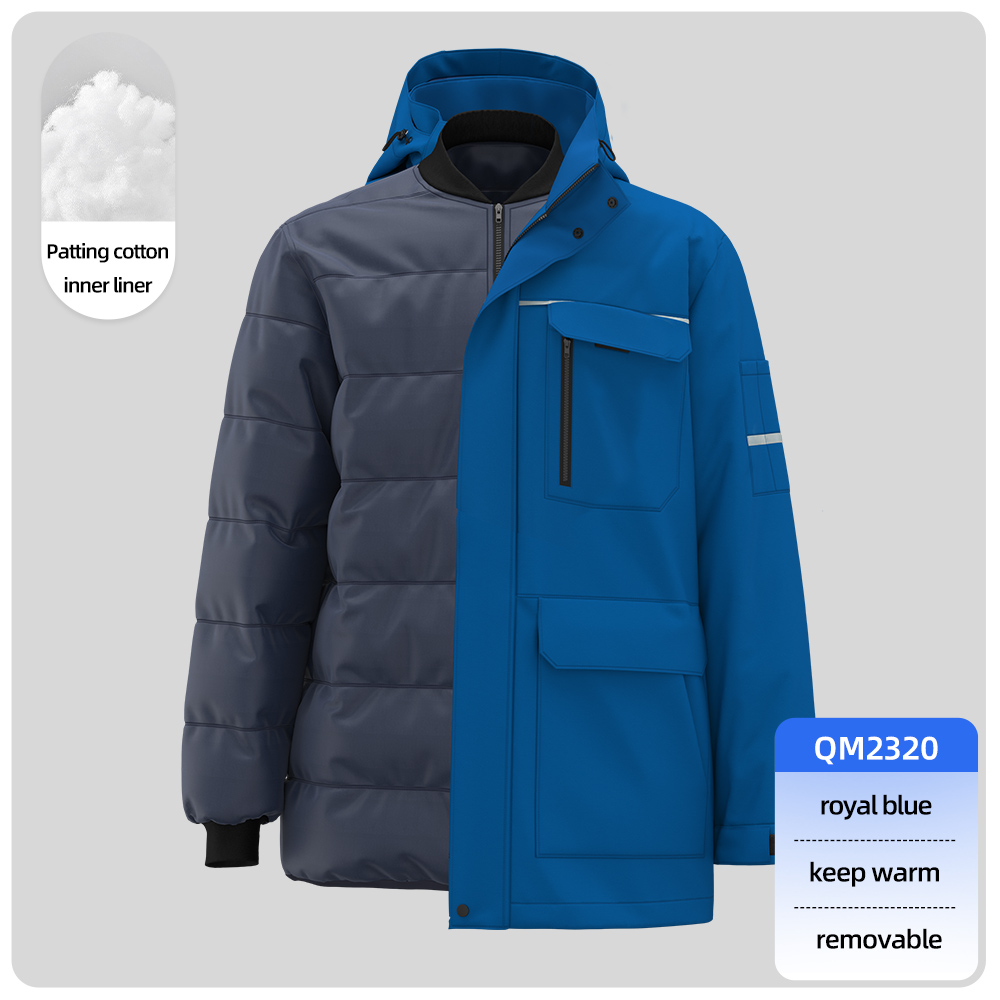Of course. This is an excellent question that gets to the heart of corporate culture and standardization in Chinese industry.
While there is no single, nationwide mandatory standard code for all company work uniforms in China, there are several powerful driving forces that create a de facto system of standardization. These include national recommendations, industry-specific safety standards, and corporate identity guidelines.
Here’s a breakdown of how it works:
1. National Power Standard (GB/T)
China has a system of “Recommended National Standards” (国家标准/强制, Guóbiāo/qiangzhi, abbreviated as GB/T). State-mandated laws, regulations on quality, and safety design provide strong guidance.
-
Key Standard: GB/T 31888-2015 “Student and School Uniforms”
While for students, this is a hugely influential standard that many companies also reference. It sets requirements for:-
Fiber content (e.g., cotton/polyester blends for durability and comfort)
-
Color fastness (resistance to fading)
-
pH value (to be skin-neutral)
-
Presence of harmful substances (formaldehyde, azo dyes)
Many corporations, especially those serving the public (like banks, hotels, airlines), will demand their uniforms meet or exceed these quality standards.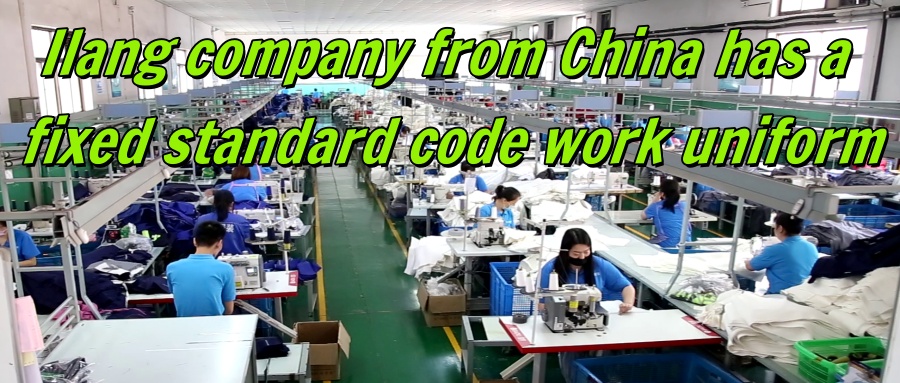
Korean company imports custom logo work uniforms from China
-
2. Mandatory Safety Standards (GB) for Specific Industries
For workers in high-risk environments, Mandatory National Standards (GB) exist. These are legally enforceable.
-
Flame-Resistant (FR) Clothing: Standards like GB 8965.1-2020 for protective clothing against heat and flame are mandatory for workers in petrochemical, electrical, welding, and metallurgy industries. The uniform’s code and certification must be clearly marked.
-
High-Visibility Clothing: Standards like GB 20653-2020 for protective clothing with high-visibility materials are mandatory for construction, road, and railway workers.
-
Anti-Static Clothing: Standards like GB 12014-2019 are mandatory for electronics manufacturing, chemical plants, and anywhere a static spark could cause an explosion or damage sensitive components.
If a company operates in one of these sectors, their workwear must comply with the relevant GB standard, and the uniform will have a fixed code and certification label.
3. Corporate Identity and Branding
This is the most common reason for standardized uniforms. Large Chinese companies, especially state-owned enterprises (SOEs) and major tech firms, use uniforms as a key part of their brand image.
-
State-Owned Enterprises (SOEs): Companies like State Grid (electricity), Sinopec (petrochemicals), China Mobile (telecom), and ICBC (bank) have highly recognizable, standardized uniforms. The design, colors, and logos are fixed across the entire country to project a unified, professional, and trustworthy image.
-
Aviation & Hospitality: Air China, China Eastern Airlines, and major hotel chains like Jinjiang Hotels have meticulously designed uniforms that are a core part of their brand identity.
-
Tech & E-Commerce Giants: Companies like Alibaba, JD.com, Huawei, and Tencent often provide casual-style uniforms (like t-shirts, hoodies, or vests) to foster a sense of belonging and corporate culture. These are not for safety but for branding.
How to Find the “Fixed Standard Code” for a Specific Company
If you need to know the exact specification for a particular company’s uniform, here’s how to find it:
-
Check the Company’s Internal Procurement Portal: Large companies publicly announce tender bids for uniform manufacturing. Searching for terms like
[Company Name] + 工服招标(workwear tender) or[Company Name] + 制服采购(uniform procurement) can yield detailed technical documents specifying the exact fabrics, colors, designs, and standards required. -
Look for Certification Labels: On the uniform itself, look for a permanent label. This will often list:
-
执行标准 (Zhíxíng Biāozhǔn): “Executive Standard” (e.g., GB/T 31888, GB 8965.1)
-
安全标志 (Ānquán Biāozhì): Safety certification mark (e.g., for flame resistance)
-
产品等级 (Chǎnpǐn Děngjí): Product grade
-
纤维含量 (Xiānwéi Hánliàng): Fiber content
-
-
Contact the Uniform Supplier: Major uniform manufacturers in China (often based in cities like Ningbo, Dalian, or Xiamen) produce for many large corporations. They know the specific standards required by each client.
Summary
| Type of Company/Industry | Driving Force for Standardization | Example “Code” or Standard |
|---|---|---|
| Petrochemical, Electrical | Mandatory Safety (GB) | GB 8965.1-2020 (Flame Resistance) |
| Construction, Road Work | Mandatory Safety (GB) | GB 20653-2020 (High-Visibility) |
| Electronics Manufacturing | Mandatory Safety (GB) | GB 12014-2019 (Anti-Static) |
| Banks, Hotels, Airlines | Branding & Quality (GB/T) | GB/T 31888 (Quality Reference) |
| General Office Workers | Corporate Branding | Internal company style guide (e.g., “Alibaba 2024 Summer Polo”) |
In conclusion: There is no single national “fixed code” for all work uniforms. Instead, standardization is achieved through a combination of mandatory safety standards (GB) for hazardous jobs and corporate branding guidelines often informed by national recommended standards (GB/T) for quality. The “code” is specific to the company and its industry.
Useful links:

